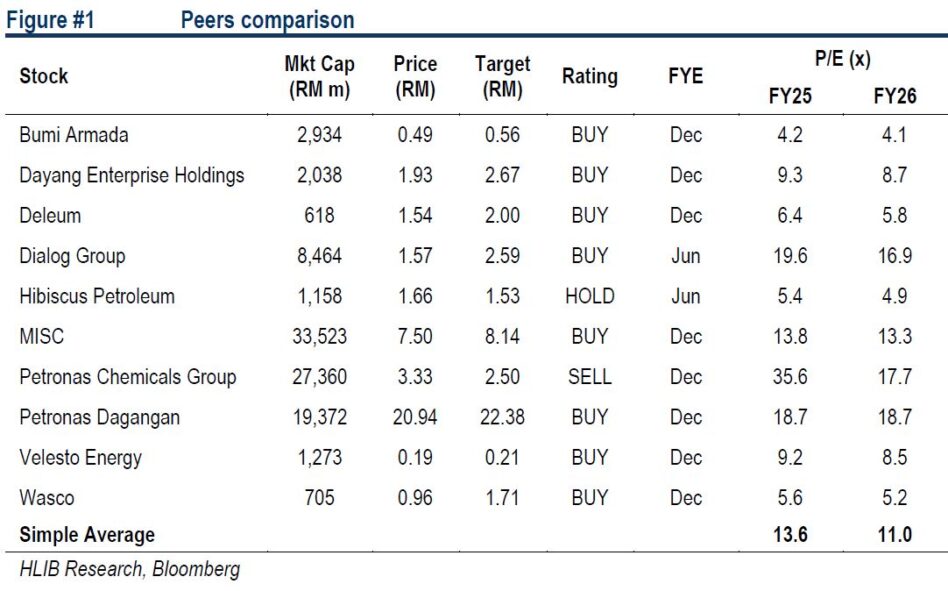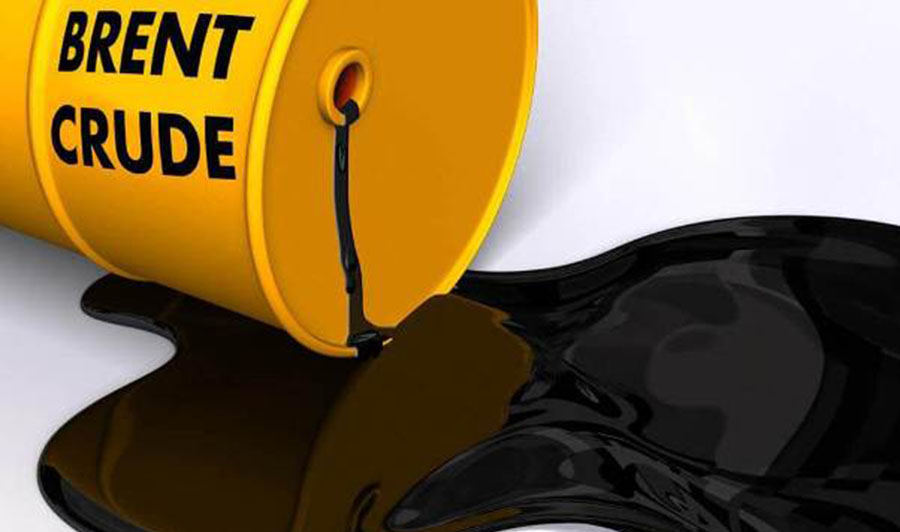THE Middle East geopolitical unrest caused Brent oil prices to surge 7% and settle at USD74 per barrel, its highest level in 3 months.
Over the weekend, tensions intensified as Israel expanded its strikes to Iran’s critical oil and gas infrastructures.
As such, the re-emergence of Middle East conflict has raised geopolitical risk premiums on oil prices given a potential full-blown warfare may stifle Iran’s oil producing and refining capacity and put a strain on global supply.
The extent of Iran’s crude oil supply disruption is still not yet ascertained at this juncture as we understand that the facilities under attack were mainly the downstream refineries and gas-related facilities.
“Although Iran’s crude supply should remain intact for now, we believe oil price is skewed to the upside in the near-term given rising fear of more widespread attacks on Iran’s oil fields and refinery facilities,” said Hong Leong Investment Bank (HLIB) in a recent report.
This could portend a higher geopolitical premium on crude oil. Should Iranian crude exports face meaningful disruption, HLIB believes the shortfall could be partially offset by OPEC+’s spare capacity of five million barrels per day, primarily from Saudi Arabia and the UAE.
“As such, we do not foresee a structural tightening of the oil market as our base case, though volatility may persist,” said HLIB.
Assuming no material changes on the supply side, HLIB reckons the oil demand-supply fundamentals still remain lacklustre, dragged by OPEC+’s accelerating production hikes and demand uncertainty caused by US’s Liberation Day tariffs.

Upside risks include further escalation in the Middle East conflict, trade disruption at the Straits of Hormuz.
Iran sits right next to the Straits of Hormuz, which accounts for 30% of the global seaborne oil trade.
“We do not rule out Iran closing the choke point in the event of a broader escalation in the Middle East conflict,” said HLIB.
Nonetheless, HLIB believes such worst-case scenario is unlikely to take place. Not only does it cut off its own fuel export revenue, it puts the economic interests of other Gulf states in jeopardy by curbing their crude exports.
Although the oil price recovery may not be sustainable, we reckon it could offer some respite to upstream producers like Hibiscus given that it has been suffering from depressed realised oil prices since the US Liberation Day announcement in early Apr.
“Should the oil prices prove able to sustain at above USD70 per barrel in the medium term, we believe Velesto could benefit from better drilling activity pipeline as higher oil price encourages exploration and production works,” said HLIB.
HLIB slightly increased their average Brent oil price forecasts for 2025 to USD67 per barrel but retained 2026 assumption at USD70 per barrel to reflect higher geopolitical risk premium in the near term.
While their base case view on oil market fundamentals are intact, barring any material disruption to Iran’s crude production, they are raising their stance to Tactical Overweight from Neutral in light of the sharp rebound in oil prices, driven by heightened geopolitical risk.
“In our view, sustained Brent prices above USD70 per barrel could catalyse a short-term re-rating across the Oil & Gas space, particularly for upstream and service-related names,” said HLIB. —June 16, 2025
Main image: Daily Trust









